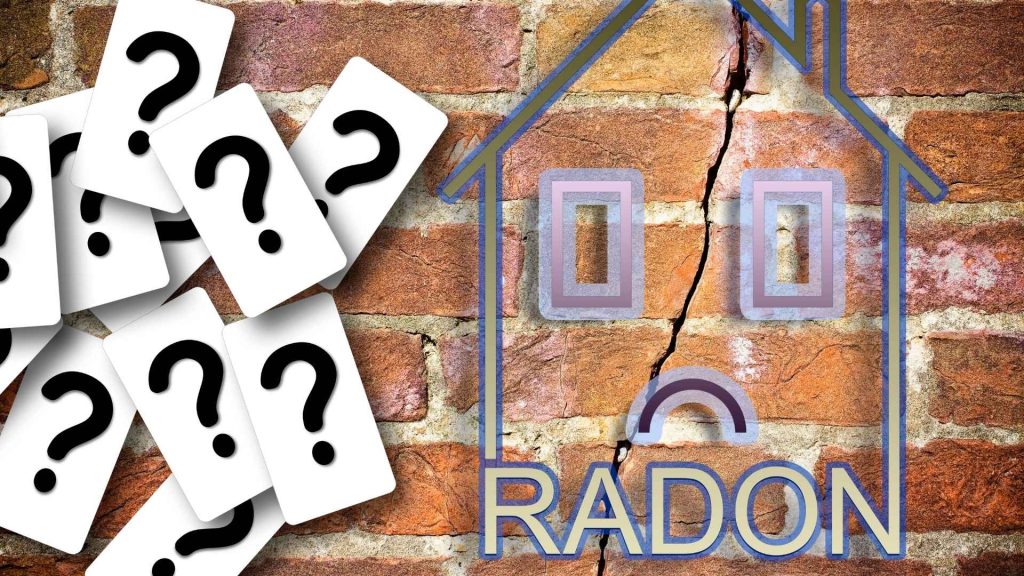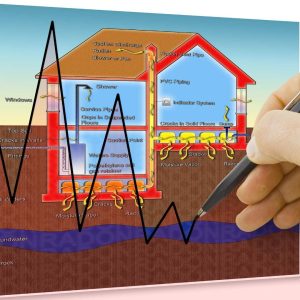Radon levels often rise in colder months when homes stay closed, which makes seasonal timing important for safety. Testing at the right times gives Rhode Island families a clear picture of risk. With the right plan, you can protect your home and avoid surprises.
Why radon changes with the seasons
Shifts in pressure and temperature affect how radon moves from the soil into basements and slabs. During winter, heating systems create a stronger “stack effect” that pulls gases inside. Closed windows and less ventilation also trap radon, allowing it to build up to higher levels. Even in warmer months, heavy rain or soil saturation can cause spikes by pushing radon through cracks and sumps.

When is radon highest in Rhode Island
Many Rhode Island homes see the highest radon levels in late fall and winter. Cold weather and sealed homes create the perfect conditions for gases to collect. Spring thaw can also change readings as water flows through soil and alters air movement. Because every house is built differently, seasonal radon levels should be confirmed with actual testing rather than guesswork.
How to plan your testing
-
Do a short term radon test now to understand your baseline
-
Retest in winter for a “worst case” view of your home’s levels
-
If results are above the EPA action level, install radon mitigation quickly
-
Always follow up with post mitigation testing to confirm safety
Testing twice in different seasons ensures you have a complete picture, not just a one-time snapshot.
Home habits that raise levels
Even everyday routines can influence radon levels indoors.
-
Running strong exhaust fans for long periods can draw more radon in
-
Heating a basement while keeping doors closed may trap gases inside
-
Cracks in slabs or open sump pits allow radon to enter more easily
Sealing problem areas and balancing airflow can make testing more accurate and results more stable.
Ongoing monitoring matters
After mitigation, annual radon testing or a winter monitor check is a smart way to confirm your system keeps levels low. Radon fans and venting systems work quietly in the background, but parts wear out over time. Regular testing provides peace of mind and ensures your investment continues to protect your family.

Why choose RI Affordable Radon
RI Affordable Radon provides seasonal radon testing, complete radon mitigation in Rhode Island, crack and sump sealing, system design, and radon fan replacement. Their team helps both homeowners and buyers with professional testing, installation, and long-term maintenance.
Conclusion
Rhode Island homes often see higher radon levels in winter, but risks can appear year-round. By testing seasonally, planning for retests, and acting fast when levels are high, you can keep your home safe. With the help of a trusted company like RI Affordable Radon, your family can breathe easier all year long.




